Three major contributions [of Patents Misuse and Antitrust Law] stand out. First, it illustrates as well as any other work how to bridge the study of antitrust law and patent law… A second and related feature is Professor Lim’s excellent use of historical narratives to show how patent misuse concepts have developed over time… A third impressive dimension is its powerful empirical orientation. Professor Lim combines a comprehensive examination of misuse cases with extensive interviews to demonstrate how theory meets practice. In these respects and others, Patent Misuse and Antitrust Law broadens and extends the emerging path of a refreshing new scholarship that links antitrust and patent law.
From the foreword by Prof. William E. Kovacic, former Chairman of the Federal Trade Commission, Global Competition Professor of Law and Policy, George Washington University Law School
‘The age old debate as to whether patents are simply a property right in that any trespassing on the property should be punishable, or whether they are tools of economic policy so that questions of misuse can arise when they are not used to encourage commercial developments of new products, has become heated with the advent of patent assertion entities and the problems that arise when use of a patented invention is necessary to comply with an industry standard.
Daryl Lim’s timely book provides a sober background against which to consider such ideas and possible expansion of types of action that may give rise to claims of patent misuse in the future.’
– John Richards, Partner, Ladas & Parry, LLP
This unique book provides a comprehensive account of the patent misuse doctrine and its relationship with antitrust law. Created to remedy and discourage misconduct by patent owners a century ago, its proper role today is debated more than ever before. Innovation and competition take place in increasingly complex environments that demand a clear understanding of where illegality ends and legitimate corporate strategy begins.
The book is an essential resource for the curious, the expert and all those engaged in deciding what patent misuse means and should mean today. In addition to in-depth doctrinal and policy perspectives, it looks at patent misuse through the eyes of today’s leading practitioners, judges, government officials and academics. It also presents a qualitative analysis of modern misuse case law spanning 1953 to 2012. The result is a compelling account that lays out an important doctrinal, policy and empirical framework for future cases and scholarship.
Patent law students and scholars will find the author’s comprehensive study of popular and actual perceptions of the misuse doctrine a valuable resource, while practitioners, government officials and judges will appreciate the predictive value of the author’s findings


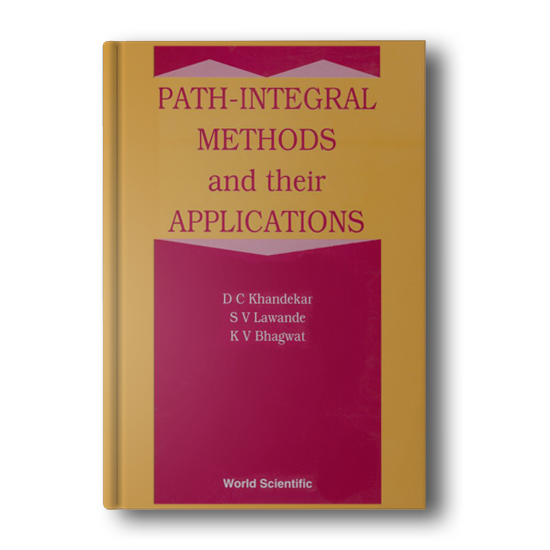

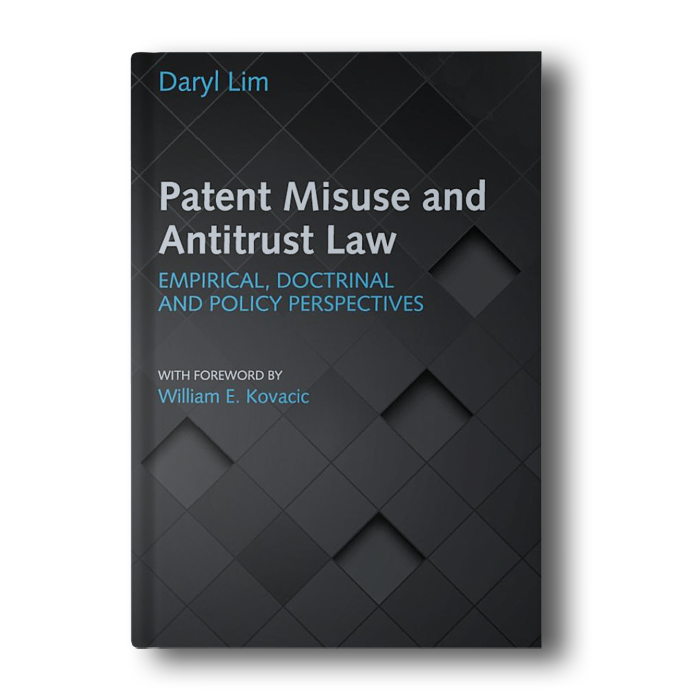
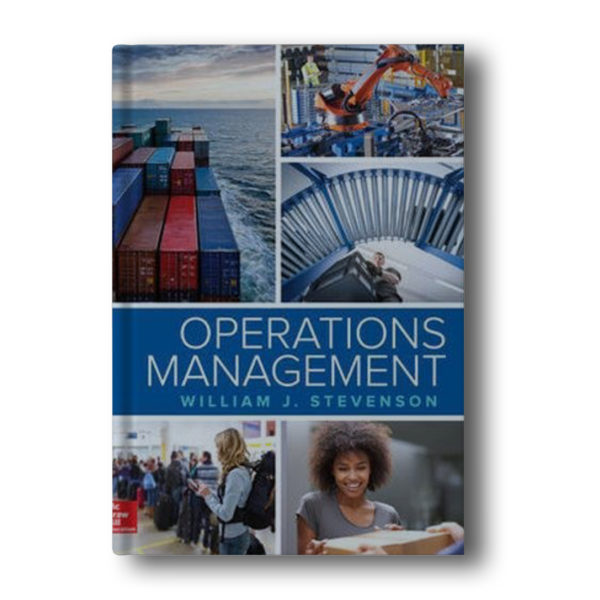
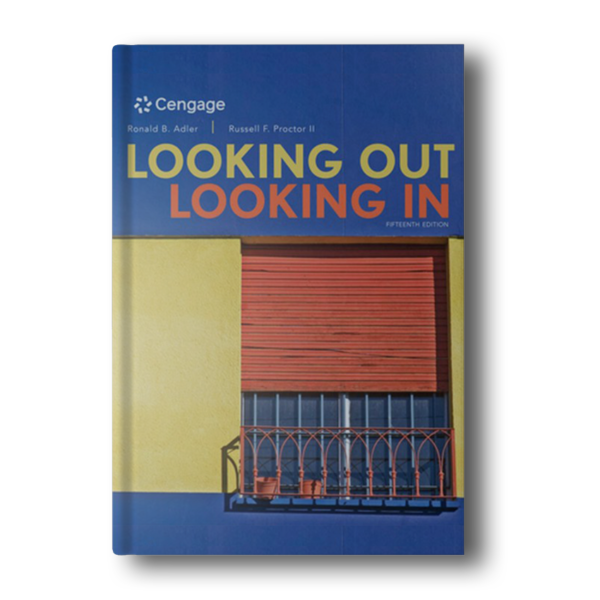
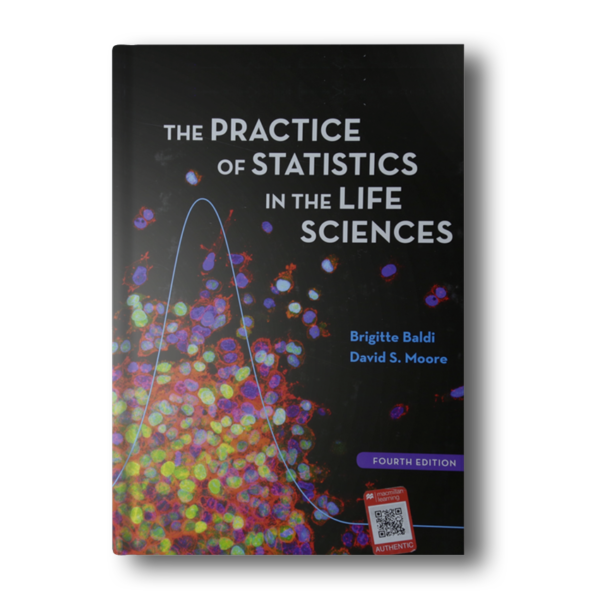
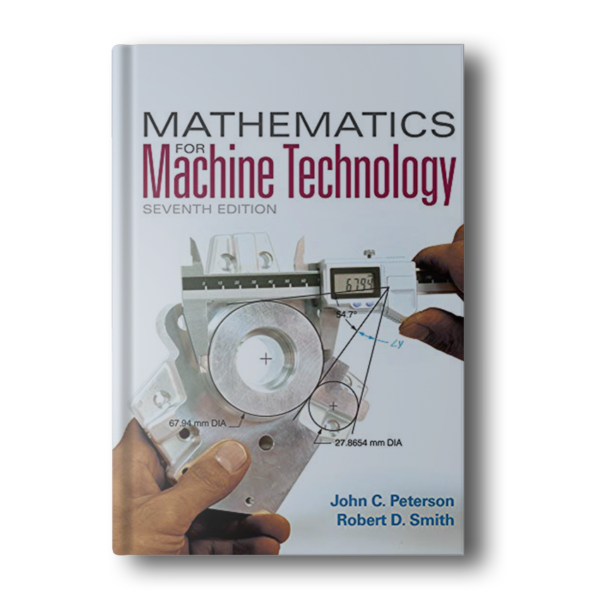
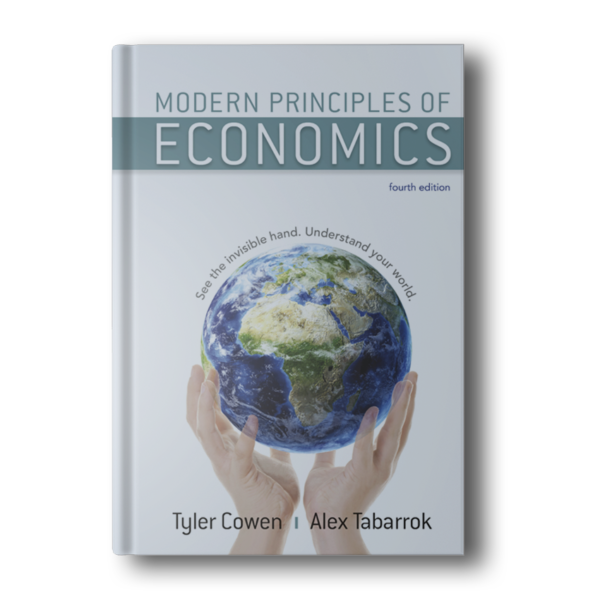
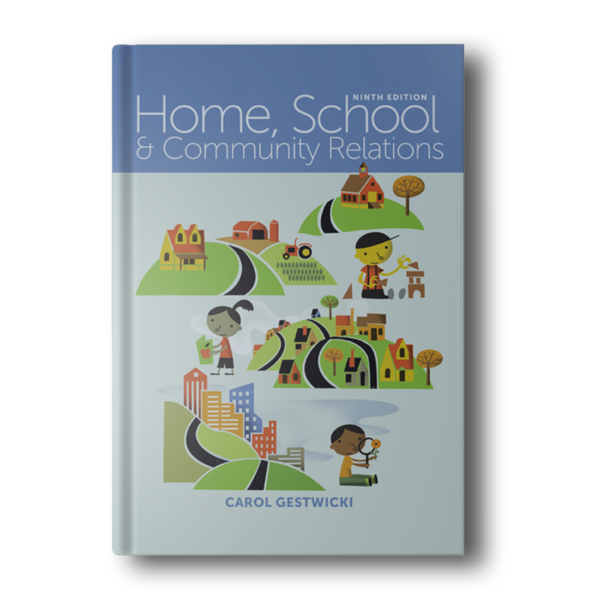

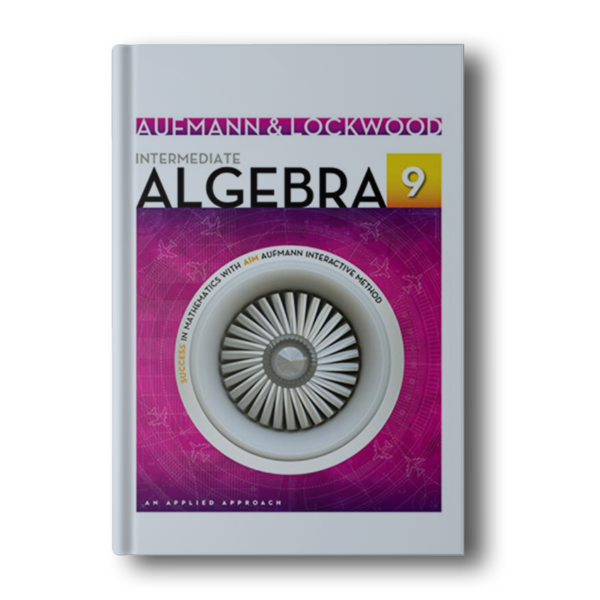
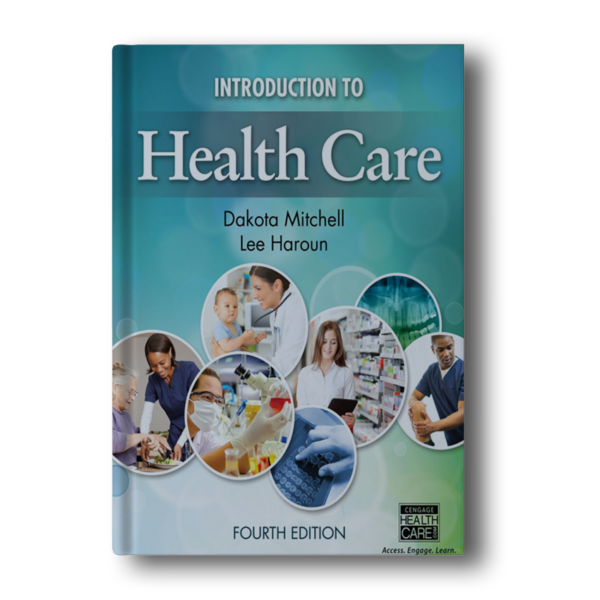

Reviews
There are no reviews yet.